What is Remote Patient Monitoring?
Remote Patient Monitoring (RPM) allows healthcare providers to monitor and track the health of their patients from a distance. Devices are used to collect and automatically transmit patient data to healthcare providers. RPM promotes patients to be involved in the monitoring of their health. This is useful for patients living in rural or remote areas and those who prefer to receive care in the comfort of their homes.
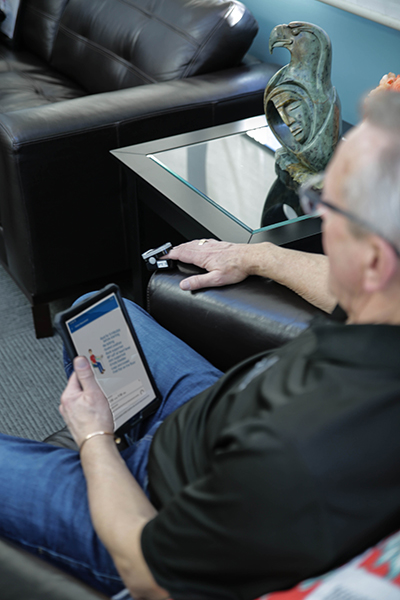
How Does RPM Work in First Nations Communities in Alberta
Patients are monitored by a community nurse on individualized schedules. Patients have been setup with the RPM app on a tablet, and 5 devices to measure health information.

Our Collaborators
The First Nations RPM initiative in Alberta has been launched by First Nations Technical Services Advisory Group (TSAG) in collaboration with First Nations Communities in Alberta to augment support offered to home care patients.

Clinician Benefits
Remote Patient Monitoring (RPM) has shown several benefits.

Patient Benefits
Making your Well-Being a Priority
Establishing a Health Routine
Staying Connected to Your Health Team
Measuring and Tracking Your Own Health Information
Participating From the Comforts of Your Home
How Does RPM Work in First Nations Communities in Alberta
Our Collaborators
This initiative receives funding from First Nations and Inuit Health Branch of Indigenous Services Canada.
Clinician Benefits
⦁ Monitoring patients’ health status in real-time can lead to earlier detection of health issues and more timely interventions.
⦁ RPM is particularly beneficial for chronic disease management, post surgery care, and aging in place.
Enhanced patient engagement
⦁ Having real-time data on their health status can enable patients and their caregivers to take a more active role in their healthcare, make more informed decisions and improve their overall health.
Increased efficiency
⦁ Remote monitoring can reduce the need for in-person visits, saving time and money for patients while allowing health care providers to prioritize patients who require more urgent care.
Cost savings
⦁ More timely interventions have demonstrated savings for both patients and the health system through reduced hospitalizations, emergency room visits, and other costly medical procedures and expenses.
Resources
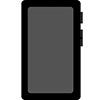
How to Turn on the Tablet
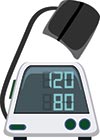
How to use the Bluetooth Blood Pressure Monitor
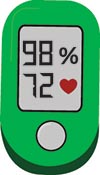
How to Use the Pulse Oximeter
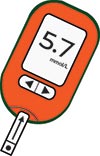
How to use the Bluetooth Blood Glucometer

How to use the Bluetooth Weigh Scale
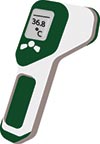
How to Use the Thermometer
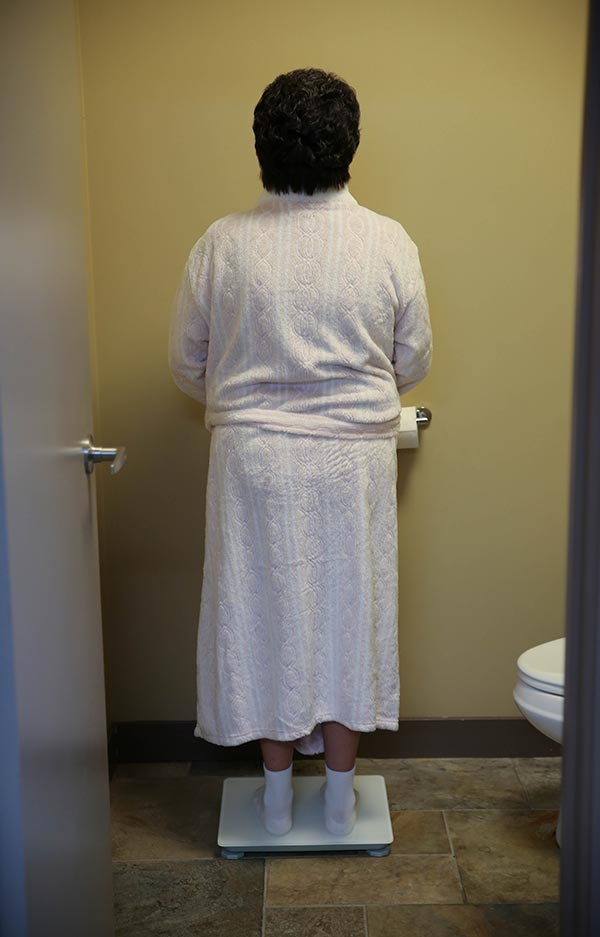
Team
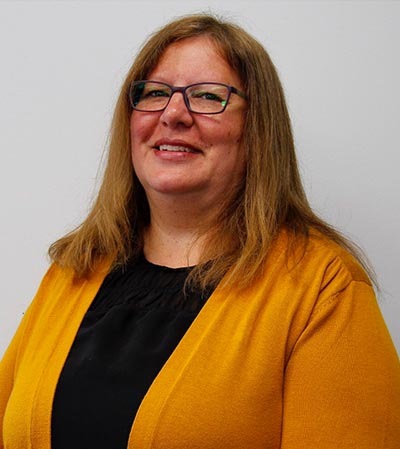
Michelle Hoeber
Ehealth Manager

Brooke Bustillo
Education Coordinator
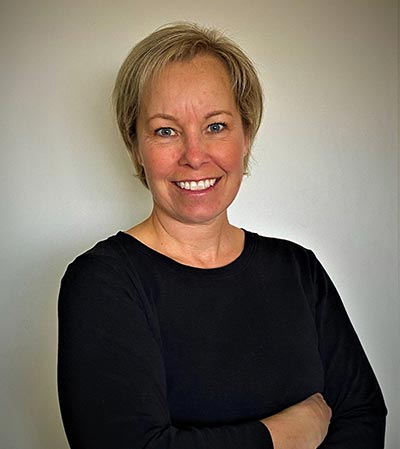
Karen Kunyk
Clinical Coordinator

Lawrence Timbang
Technical Coordinator
Testimonials
Contact Us
Digital “Images by Tara” and Doreen Cardinal for illustrated images for FNRPM.CA website. March 2023.

